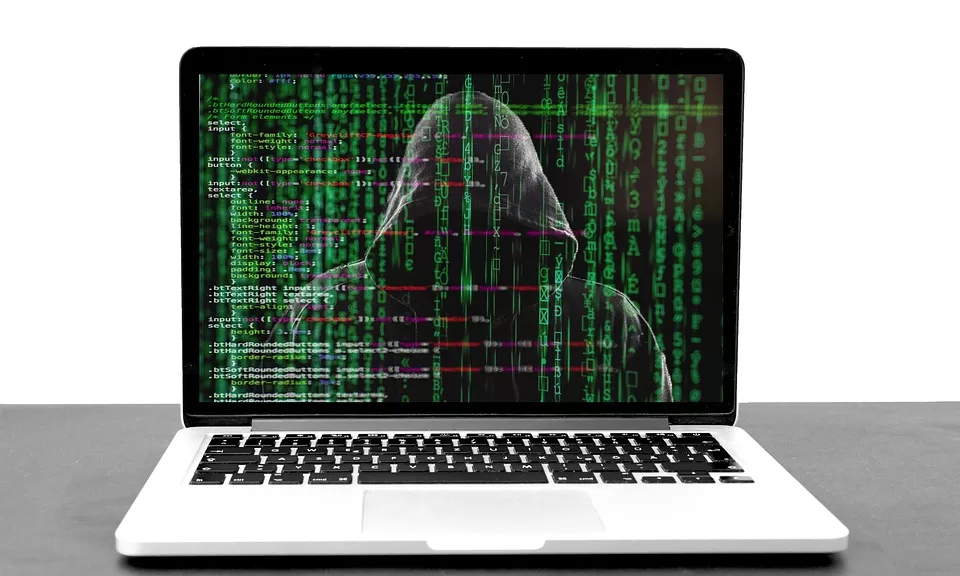
As an AI language model, I don’t have real-time information, but I can provide you with some recent trends and developments in the field of cybersecurity.
1. Ransomware Attacks: Ransomware continues to be a significant threat, with high-profile attacks targeting organizations worldwide. In recent months, there have been notable incidents such as the Colonial Pipeline attack and the JBS Foods attack that disrupted critical infrastructure and supply chains.
2. SolarWinds Attack: One of the most significant cyber espionage incidents in recent years was the SolarWinds attack, discovered in late 2020. A sophisticated group, likely of Russian origin, compromised SolarWinds’ software supply chain, leading to the compromise of several high-profile organizations and government agencies.
3. Zero-Day Exploits: Zero-day vulnerabilities, which are unknown to software vendors, remain a concern. Exploits targeting these vulnerabilities can expose users to significant risks. Recent examples include the Microsoft Exchange Server vulnerabilities and the Chrome zero-day exploit discovered in early 2021.
4. Increased Nation-State Cyber Threats: Nation-state-sponsored cyberattacks continue to pose a significant risk to governments, organizations, and critical infrastructure. State-sponsored groups from countries like Russia, China, Iran, and North Korea are frequently involved in cyber espionage, intellectual property theft, and disruptive activities.
5. Internet of Things (IoT) Security: As IoT devices become more prevalent, ensuring their security has become crucial. Weaknesses in IoT security can lead to vulnerabilities in homes, businesses, and critical infrastructure. Recent incidents, such as the Mirai botnet attack in 2016, highlight the importance of securing IoT devices.
6. Remote Workforce Security: With the COVID-19 pandemic, remote work has become the norm for many organizations. This shift has increased the attack surface, as organizations and individuals rely on various remote access technologies. Cybercriminals have exploited this situation through phishing attacks, VPN vulnerabilities, and other methods.
7. Artificial Intelligence (AI) and Machine Learning (ML) Threats: While AI and ML have the potential to enhance cybersecurity, they can also be leveraged by cybercriminals. Adversarial attacks against AI models and the use of AI for automated cyberattacks are emerging concerns.
It’s important to note that the cybersecurity landscape is constantly evolving, and new threats and developments emerge regularly. Stay updated with the latest news and follow best practices to protect yourself and your organization from cyber threats.







